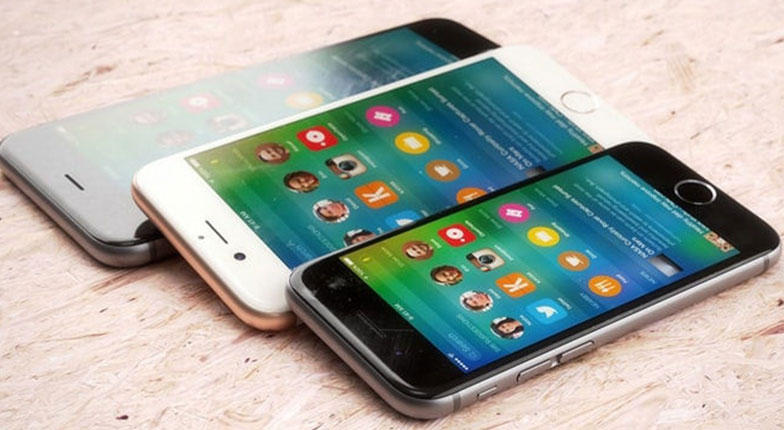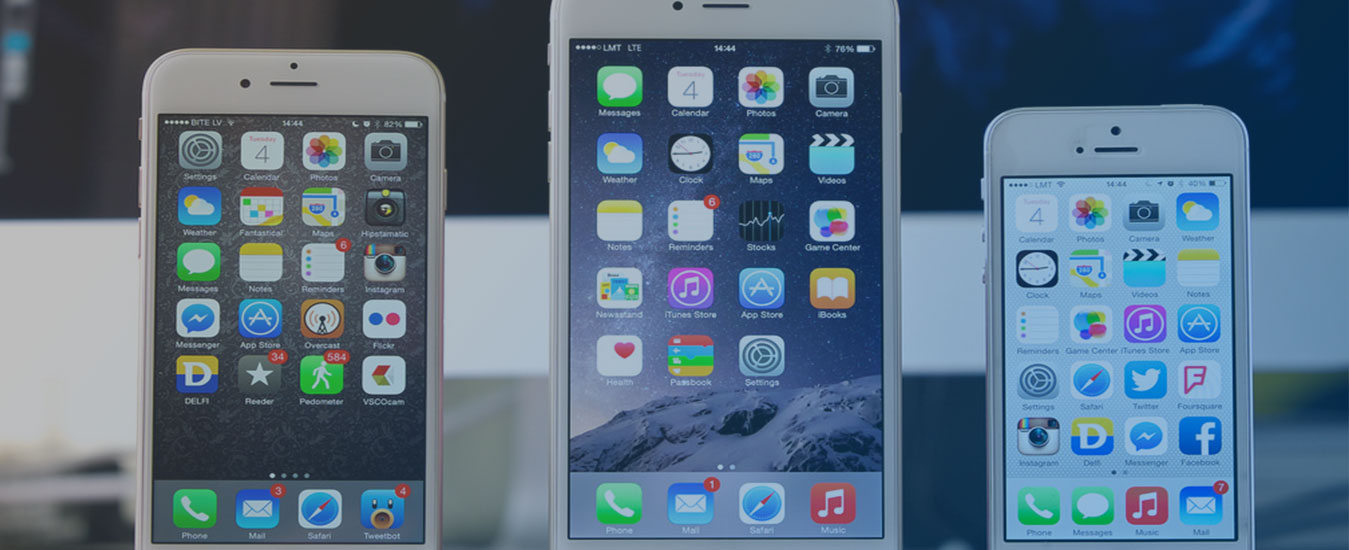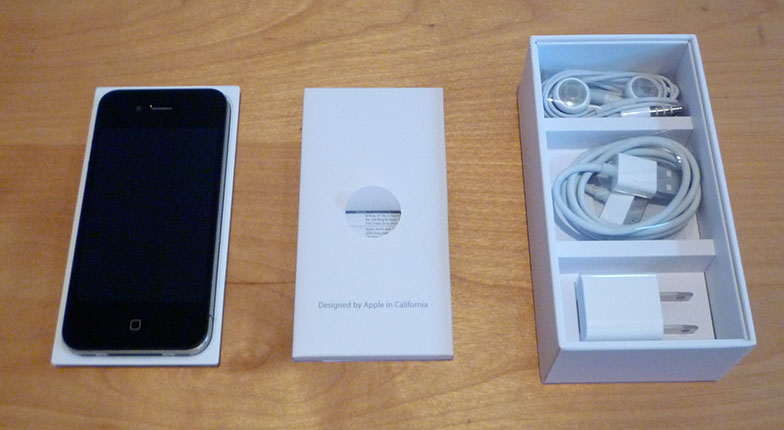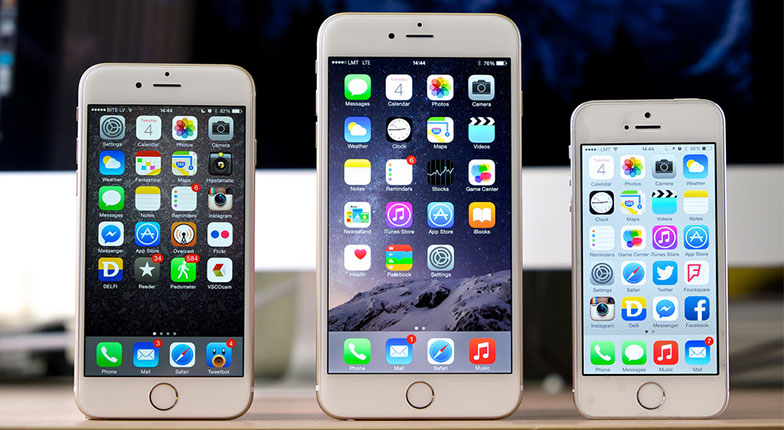iPhone is considered one of the most revolutionary smartphones in the 21st century. It has redefined the standards of mobile phones, integrating advancement and functionality in one. It is so revolutionary, creating competitiveness in the mobile phone industry. It started the game of “the best smartphone in existence”, and no doubt, it is leading the competition.
Despite dozens of new releases from other recognized smartphone giants, Apple’s iPhone remained to be the world’s favorite. Based on the estimate of BMO Capital Markets, there are more than 700 million users of iPhone worldwide. In fact, last July 2016, Apple announced that they sold their one billionth iPhone unit.
Every year, Apple surprises us with new iPhones with new specs, features, technologies. This 2017, they have launched two iPhone models as a celebration of their 10th founding anniversary. Before we talk about them, let us look back how the iPhone evolved for the last ten years:
Original iPhone (June 2007)
“So, three things: a widescreen iPod with touch controls; a revolutionary mobile phone; and a breakthrough internet communications device.”
These were the exact words when the Apple’s former CEO and co-founder Steve Jobs launched in 2007 the “revolutionary product” – iPhone. It is a 3.5-inch screen device with 320 x 480-pixel resolution, the most incredible display during that time. It has a 2MP primary camera and storage up to 8GB. Its entry in the market changed the mobile device landscape forever.
iPhone 3G (July 2008)
The second generation of the iPhone was called the iPhone 3G. Its face is similar to the original, although it replaced the back material for more solidness. The iPhone 3G is considered one of the most iconic mobile devices. It introduced 3G connectivity. In addition, it launched the App Store offering more than 500 apps that aim to improve the functionality of the iPhone.
iPhone 3GS (June 2009)
A year after, Apple introduced the third generation of iPhone – the iPhone 3GS (“S” for ‘Speed”). In this generation, Apple refined the iPhone software and hardware. The camera got upgraded to 3MP and included video recording. It also added voice control and expanded storage to 32GB, the largest during that time.
iPhone 4 (June 2010)
The iPhone was completely redesigned in the fourth generation. It has become larger and the back was made of glass. Apart from the major look revamp, it launched the first high-resolution “Retina” display screen. It also introduced the front camera, which basically gave birth to “selfies”. With this, FaceTime video chat came to the scene.
iPhone 4S (October 2011)
With new CEO Tim Cook, Apple introduced their iPhone 4S. It is slimmer than the fourth generation iPhone. It was also run by a dual-core processor which was used in iPad 2. The camera was also upgraded to 8MP in which can record a video in 1080p. They also unveiled the 64GB storage option. Lastly, Siri was launched on this iPhone.
iPhone 5 (September 2012)
The major change in the iPhone 5 is its 4-inch screen display running at 640 x 1136 pixels. According to Cook, “this is the biggest thing to happen to iPhone”. It was the first iPhone to support LTE connectivity. It was also the first to use Lightning charging port instead of the 30mm-pin connector. Compared to the earliest iPhones, iPhone 5 is 20% lighter.
iPhone 5S/5C (September 2013)
With the rise of Android phones, Apple decided to release more affordable iPhones in the form of iPhone 5C. It doesn’t have major differences from iPhone 5, except that it was made with a plastic back and comes in different vivid colors. On the other hand, the iPhone 5S showed major improvements. It introduced touch ID, dual flash, and slow-mo video. On top of these, iPhone 5S used iOS 7, the most powerful OS during that time.
iPhone 6/6 Plus (September 2014)
The sixth generation iPhone comes in two different models – the iPhone 6 and iPhone 6 Plus. The major difference of the two is the size. iPhone 6 has 4.7-inch display while the Plus has a 5.5-inch display. The resolutions are also improved with Retina HD Display. They are also powered by A8 processors for more efficiency. These phones are also the first to use Apple Pay.
iPhone 6S/6S Plus (September 2015)
No major physical changes from the eight generation iPhone, however iPhone 6s and 6S Plus offer new features. It is powered by 19 chip. The cameras are also upgraded from8MP to 12MP. It also offered a Live Photo feature. On top of that, Apple introduced their 3D Touch technology. It also introduced its new iPhone color, the rose gold.
iPhone SE (March 2016)
iPhone SE or Special Edition is Apple’s response to consumers looking for more affordable iPhones. It has similar huge features as the iPhone 6Sand 6S Plus including the 12MP camera and iOS 9 software. The only difference, which many fans love, is its size similar to iPhone 5S. So far, it is the cheapest iPhone you can buy today.

iPhone 7/7 Plus (September 2016)
iPhone 7 and 7 Plus did not get some major attention as the two lacks major updates from the preceding iPhones. Among the new things in this iPhone is its telephoto lens which allows users to take 2x lossless optical zoomed photos. It also captures incredible in low light. They also received IP67 ratings which mean that these iPhones are waterproof.
The 2017 iPhones
In September 2017, Apple launched two new models of iPhones – the iPhone 8 and 8 Plus and the iPhone X (read as “ten” not “X”). The current models feature major differences from the preceding models, especially the iPhone X which was produced to celebrate the 10th anniversary of Apple. The iPhone X will have a new look. It introduces Facial ID technology and Animoji. But more than these, it will have an edge-to-edge OLED “Super Retina” display. Both iPhone 8 and X versions support wireless inductive charging. Plus, the iPhone X will be powered by the A11 Bionic chip, the most powerful processor to date.


